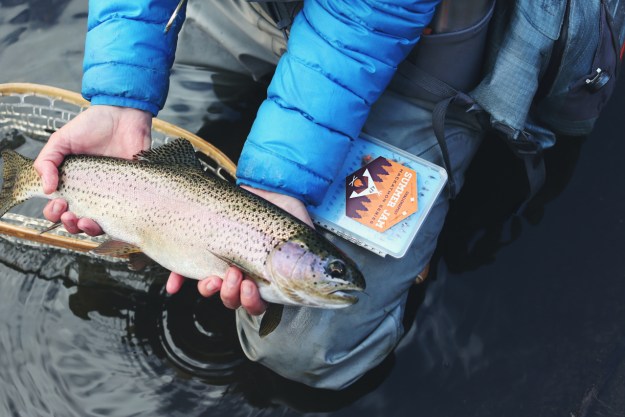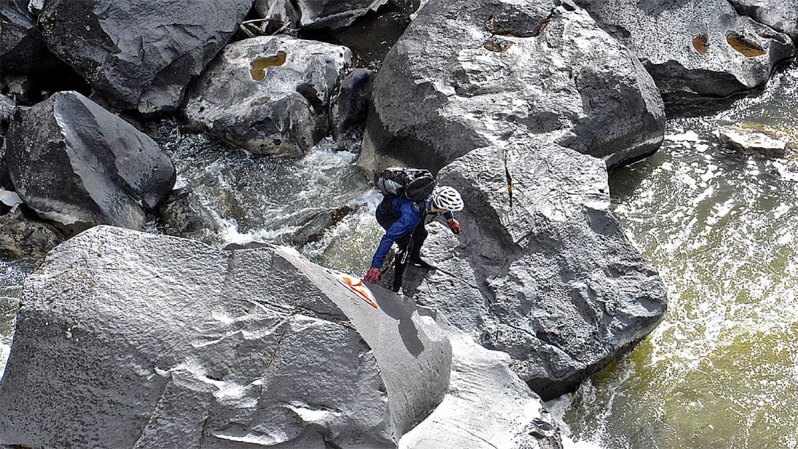
Adventure racing is one of the hardest sports on the planet. You have to paddle, run, and ride hundreds of miles through unknown terrain trying to find your way with a map and compass. And it doesn’t just last for one day; some of the races are over a week long. A week of bushwhacking, blisters, and trying not to get lost. Sign me up?
In spite of the insane difficulty of some of these races, competitors travel from the around the world to compete in the US, South America, and New Zealand. Why do they do this? What gear do they use?
We caught up with Team NorCal just after they finished the GODZone adventure race in New Zealand, one of the hardest adventure races in the world. Team members Canice Harte, Tim Kuenster, Andrew Peterson, and Stephanie Green took some time away from training for the Expedition Oregon adventure race to answer a few questions. At the end we get into some recommendations for solid gear to start with.
The Manual: How did the NorCal Team start?
Canice Harte: I first became aware of adventure racing watching the ECO Challenge and was instantly hooked. It took many years before I would race myself, but I never lost sight of the dream to adventure race. Eventually a group of us from work decided to enter a 24-hour race and it was all of our first time racing. We had a blast and kept doing it.
Tim Kuenster: The NorCal team name originated in 2014 when we went to do our third trip to do the Patagonian Expedition Race. Since then we have continued to notch showings at international expedition races as well as local shorter races. We placed first in the money category in the 2017 San Luis Obispo Dawn to Dusk adventure race.
Stephanie Green: I’m a newer addition to the team!
TM: What is the GODzone adventure race like?
Harte: GODZone is an “Expedition” race, which typically refers to the length of time or days in which you will be racing. In the case of GODzone, it had a true “Expedition” feel, which also referred to the difficulty of the task at hand. You were very much on your own in the wilderness and waterways and you had to look out for your safety as well as you ability to complete the course quickly. Some sections of the course were measured in days and not hours.
Kuenster: GODZone was a true expedition race in the spirit of the old-school adventure races. Where teamwork and safety and skills preparation are critical. Not many in the world live up to that standard.
Green: FUN! If you are into eight days of suffering in one of the most beautiful places in the world–which luckily I am. The legs of the race (sections before you changed up disciplines) were often a day or longer, versus a few hours that you see in shorter races. The longer legs of the race definitely added an extra mental and physical challenge, especially when your packs are super heavy carrying all of your food, gear, boats, PFDs, white water helmets and paddles! Each race has its unique flavor depending on terrain, race director, weather, and race field.
TM: How do you start adventure racing?
Harte: If possible find a friend who is already adventure racing and join them for a half day race or a distance you feel comfortable with. If you do not know anyone already racing you can often join a team via the internet or race website.
Green: By being harassed into it by friends?
TM: What gear did you take on your last race?
Harte: Lots and lots of gear. Everything for trekking, kayaking, pack rafting, mountain biking, climbing and caving.
Green: Rain jacket, rain pants, running tights, bike shorts, wool base layers, light weight puffy, toque, gloves, poles (essential with a heavy pack and coming off a broken leg) waterproof socks, headlamp, tent, stove, pot, dry suit, packraft, pfd, helmet, two-piece paddle, bike, and all my bike gear. So many snacks…all the snacks.
TM: What gear did you wish you had on your last race?
Harte: A drysuit.
Green: A four-piece paddle. Breaking through bush, ferns taller than my head, and fighting through vines with a two piece paddle stuck in my pack (aka rabbit ears) proved, err, patience testing as I continuously got caught on things. By the end though, I think I perfected the ‘squat and back the ass up’ moves required to dodge getting tangled going through dense areas. Also a better headlamp; mine crapped out on the first night.
TM: How do you decide what gear you take with you? Weight? Flexibility? Multi-use?
Harte: Use specific gear that is light in weight, but balanced with durability. On shorter races you can get away with light gear that functions okay, but in an expedition race where you can be on course for 10 days, you need gear that will function as intended and hold up for the length of the race.
Kuenster: Durability or weight depending on the race.
Green: Depends on the race. For this race it was a mix of these three, but durability won over all. I took gear that I had tested and put through the wringer on training sessions.
Best Adventure Racing Gear
When you’re days into a tough leg on an adventure race, your gear has to perform flawlessly. Here is some highly recommended gear that should last longer than you will.
Petzl Actik Headlamp

Races are won or lost at night. It’s dark and everyone is tired and hungry. Having light is vital to see where you’re going and what you’re doing. The Petal Actik has a wide or mixed beam and a few brightness settings. The red mode doesn’t blind your teammates. Use three AAA batteries or throw in the CORE USB rechargeable battery.
Icebreaker Zone Long Sleeve Half Zip Wool Base Layers
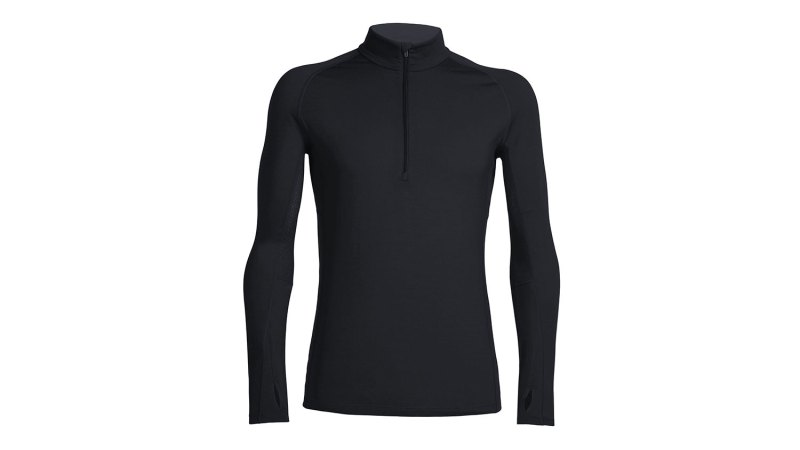
Spending a week in the same clothes sounds terrible on a good day. Add sweat, mud, rain, and who knows what else you find yourself lying in during a race and you’ve got yourself some nasty-smelling clothes. Merino wool is about the only thing that could smell remotely decent after a race. The Zone Long Sleeve Half Zip is a medium weight merino top with a half zipper to dump heat if you need to. It’s warm when wet and won’t smell terrible days in. You yourself still might, though.
Osprey Talon 44 Backpack

Osprey makes some of the best backpacks in the world. They even have a model specific to adventure racing. The Talon series carries your gear, but doesn’t weight you down. The bagsbreathe well and don’t chafe. Like most packs, they aren’t waterproof so throw in a pack cover as well.
Drymax Socks

If your feet aren’t happy, you aren’t going anywhere. People were getting evacuated off the GODZone course for infected blisters and trench foot, a painful condition where your feet can’t dry out and the skin starts to rot. Drymax socks wick the moisture off your feet and keep them dry and blister free.
Black Diamond Carbon Z Trekking Poles
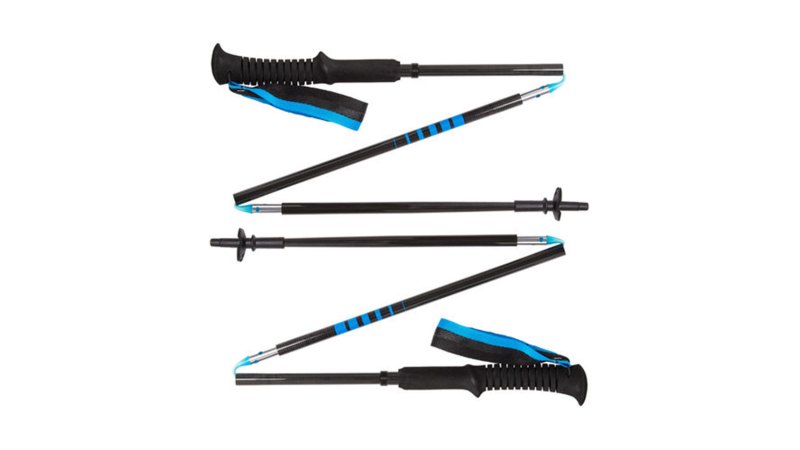
Trekking poles help haul your tired legs around. After all, your legs can’t be trusted to ride and run over mountains for seven days straight without some difficulty. Those arms need to help, too. The poles also help stabilize in treacherous terrain. Roll an ankle in the middle of nowhere and your race might be over. The Carbon Z’s from Black Diamond fold down to a tiny size and don’t weight much.
Therm-a-rest NeoAir XLite
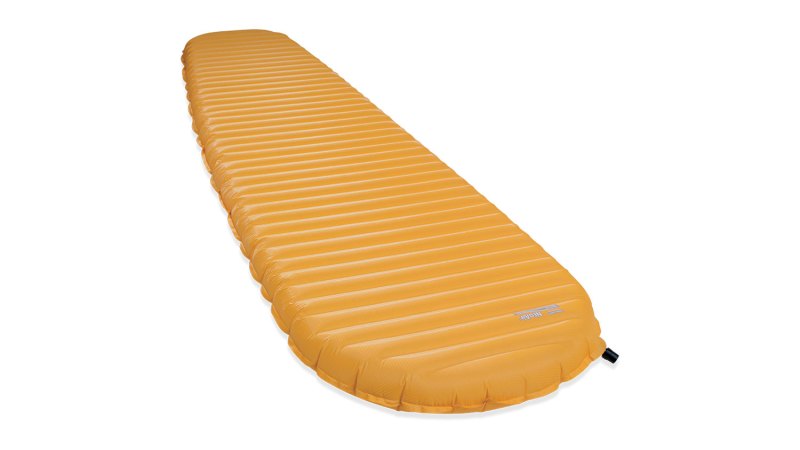
You’re not going to get much sleep on an adventure race, but when you do, it better be good. You can’t beat the Therm-a-rest NeoAir XLite for the weight and comfort right now. At only 12 ounces for a full size mat and with heat-reflecting foil inside, you’ll travel light and stay warm from spring to fall.
Patagonia Micro Puff
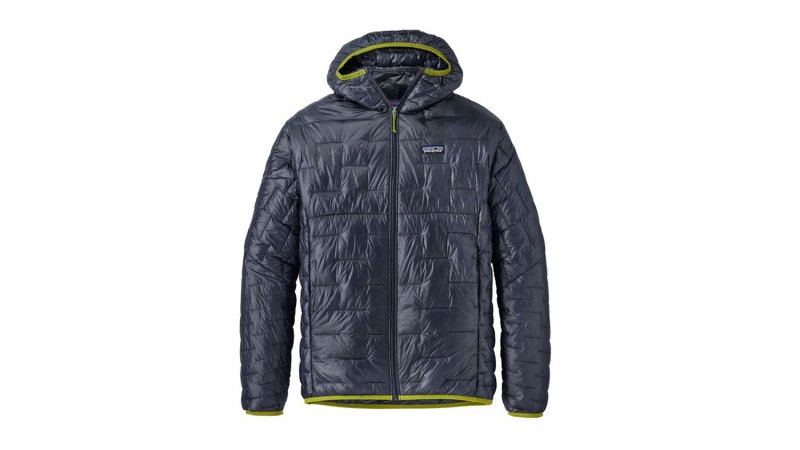
A lightweight, packable jacket is required for adventure racing and just about any other trip. Super packable, it easily fits in small backpacks. Synthetic insulation still keeps you warm when it’s wet if you’re caught in the rain or accidentally take a swim in the river. The warmth to weight ratio in Patagonia’s Micro Puff is hard to beat.
Nettle & Co Healing Salve
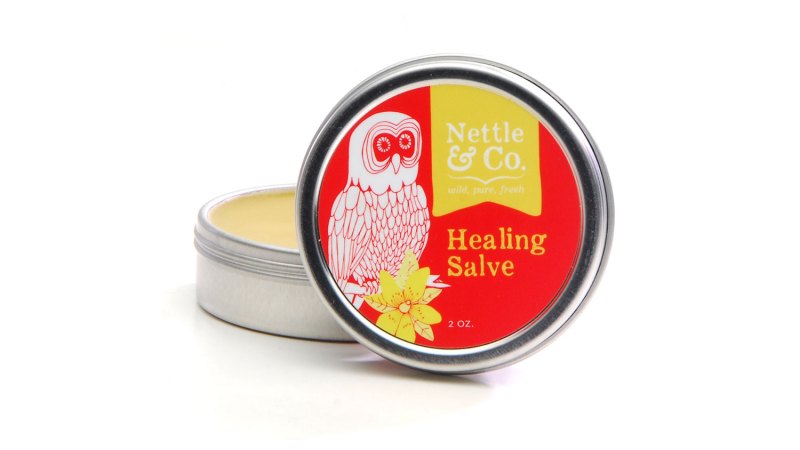
You’re going to hurt during a race. Cuts, bruises, rashes, stings, and bike seat chafing. Put this Healing Salve from Nettle & Co. on everything and it magically makes it better. They use chemical-free beeswax and organic or wild-harvested herbs.
If you prefer to keep your racing restricted to being comfortably ensconced in a car, check out our guide to what to expect for your first road race.
